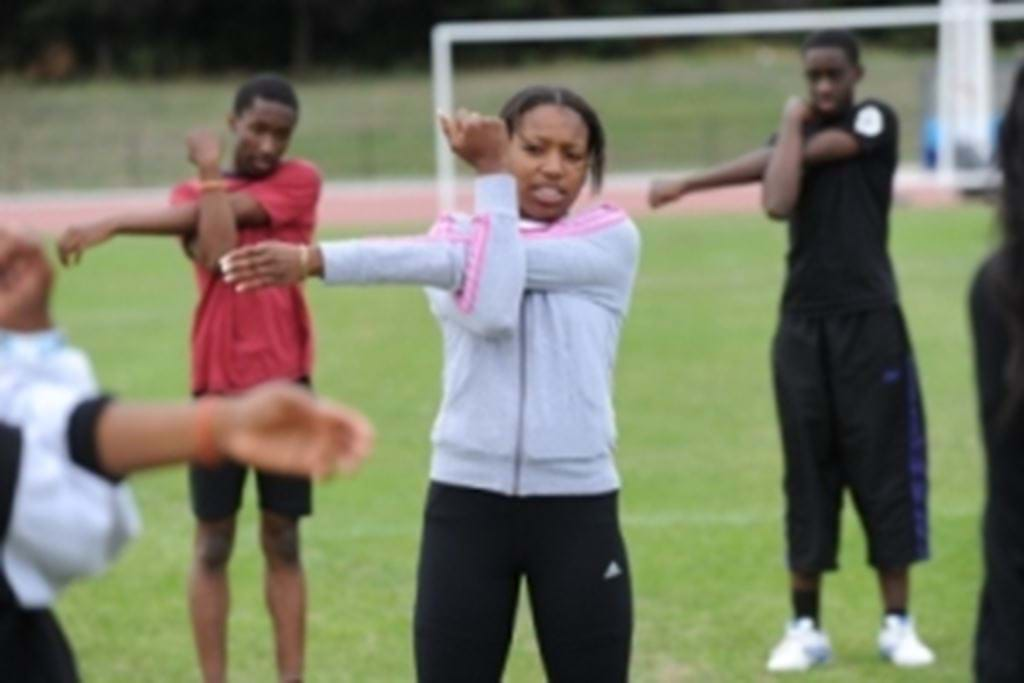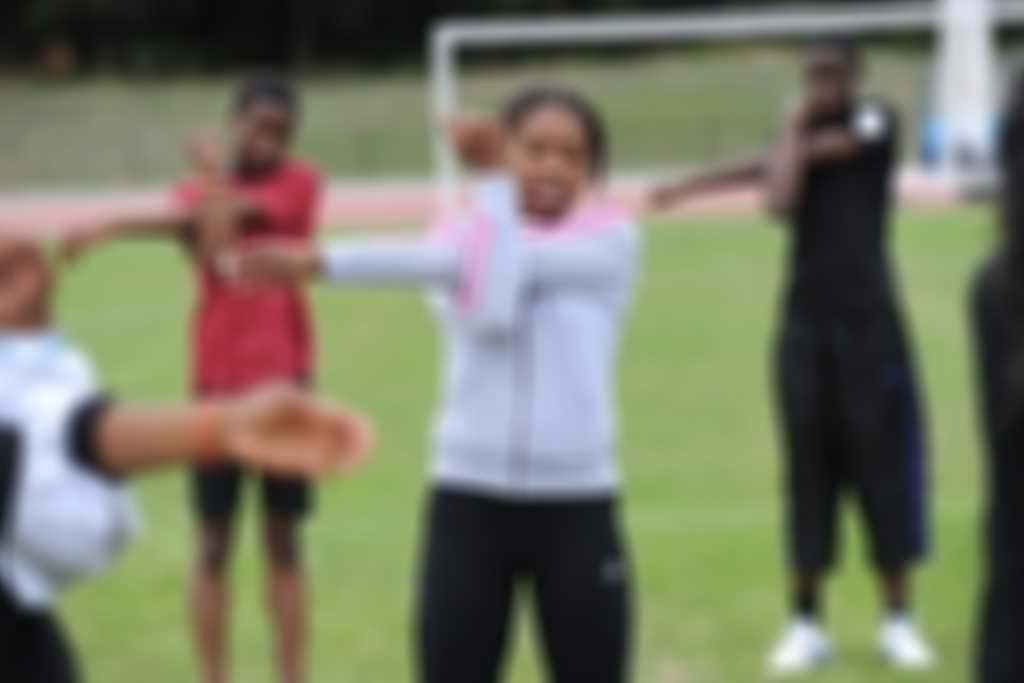Don't let injuries have the last laugh!
04 February 2014

An injury of some sort is an inevitability for most runners, but dealing with setbacks quickly and effectively means you can get back out there running again as well as prevent them from returning.
Marathon Talk’s Martin Yelling – a distance runner who represented England on road and cross-country and has run sub 30 minutes for 10K and 66 minutes for Half Marathon – explains how to make sure your injury or niggle is nothing more than a small setback, and doesn’t take away all the wonderful health and fitness benefits that running offers in the long term. This way, when we do topple and get injured we’re really only temporarily sidetracked from our running goals and just have to press the pause button for a while. It’s just quite a hard thing to accept for people who love to be out there running!
Reasons why you might develop an overuse injury
- Impact force from continuous running
- Repeated running on unforgiving surfaces
- Failure to listen to the signals from your body early enough
- Gradient – too much uphill and / or downhill running
- Training error – too much, too soon, too hard, too fast, too often
- Anatomical and biomechanical factors – foot strike, knee and hip alignment, muscle imbalances
- Inadequate running shoes
Identifying pain symptoms early by asking a few key questions about the nature and development of the injury can really help nip an injury quickly in the bud, identify the most appropriate strategies for recovery, and minimize time spent in rehabilitation. If you feel a pain starting to develop ask yourself:
- Was there a specific one off event that could have caused the injury? For example, twisting your ankle or tripping. The chances are with this type of injury that with appropriate rest and management it will self-resolve. A one off event or an ‘acute’ injury could however develop or be linked to a ‘chronic’ injury. This is more subtle and slow to develop, a dull pain or soreness that hangs around for six weeks or more.
- Was there a new event that could have led to the injury? For example, have you done anything differently that could have caused the injury, such as worn new trainers, started a new training regime, or ran more on a different running surface or terrain. Look outside of your running environment. Has anything else changed in your work or life that could have stimulated your running injury?
- If not 1 or 2 then the likelihood is that the pain you are experiencing is an overuse injury. So then you have to ask yourself further questions about your training itself. Have you done too many hard days back to back? Have you progressed your training too quickly? Has the intensity been too high? Have you been running when you should have been resting?
(Note, very occasionally injury symptoms presented can be the early signs of systemic disease, for example, rheumatoid arthritis. If in any doubt you should always seek the advice of a qualified medical specialist)
Golden rules of a successful return to fitness
- Be patient. Give yourself time to heal. At the onset of significant increase in pain or injury you should appropriately modify your activity levels and choices. This may include total rest from running or cross training to allow continued maintenance of fitness while resting the affected area.
- Take action. Seek the early advice of a qualified sports injury and pain management professional. Be proactive – not reactive.
- Be committed. Don’t ‘yo-yo’’ rehab. When you start an exercise rehabilitation or conditioning programme stick to it and do it religiously. You are not just a runner. You may have to strengthen and adapt muscles differently instead of just running and complete a varied, sustained and progressive rehab programme that uses different principles, muscles and strategies. For example, with a sprained ankle it’s important to start with control, balance and stability before actually running.
- Address underlying issues. Avoid getting injured in the first place or injury re-occurrence by addressing issues of core stability, strength and conditioning.
- Gently does it. Be gentle with your comeback. A classic I see with many runners is that when they’ve had a chronic injury and are on the road back to running they seem to misinterpret ‘gentle’ return to exercise and launch back into their exit point. Namely, the level they were at when they stopped running.
- Don’t be fearful. Injuries do happen but they don’t necessarily happen again and again. Don’t re-awaken your fingerprint of pain by constantly visiting the expectation that the pain will return. Instead, where you have addressed and overcome the injury, your body wants to be well. If you have rested and progressively and appropriately loaded your recovery then your body will have adapted and your injury will have gone.
More news from RunTogether




